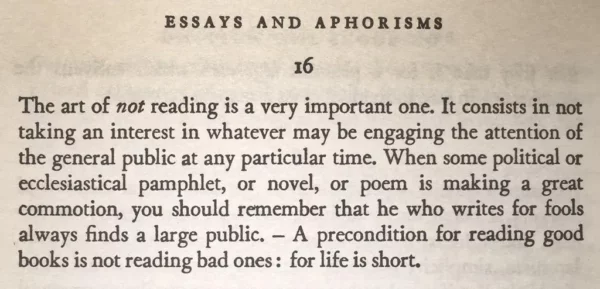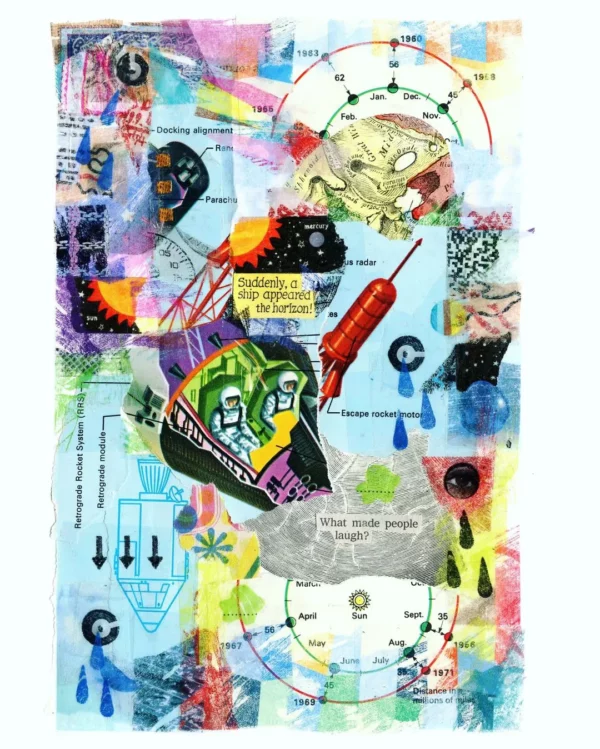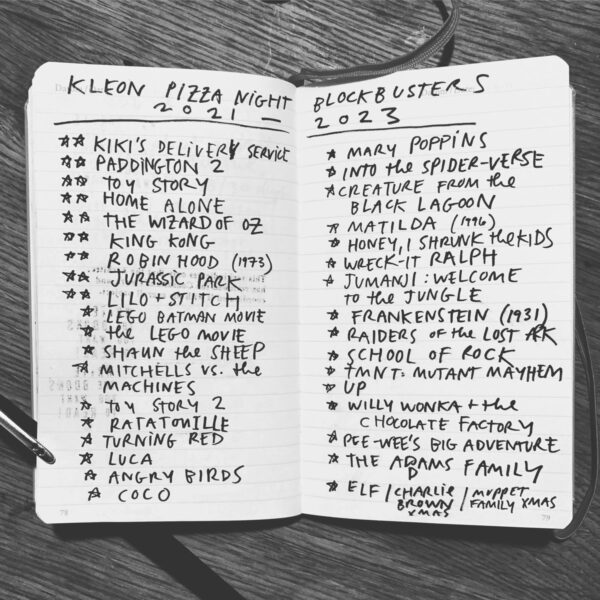
“Reading is first and foremost non-reading,” writes Pierre Bayard in his book, How To Talk About Books You Haven’t Read. “Even in the case of the most passionate lifelong readers, the act of picking up and opening a book masks the countergesture that occurs at the same time: the involuntary act of not picking up and not opening all the other books in the universe.”
In that spirit, I made a list of 20 good-looking books published in 2023 that I didn’t manage to read this year.
PS. Here’s Schopenhauer’s aphorism:




